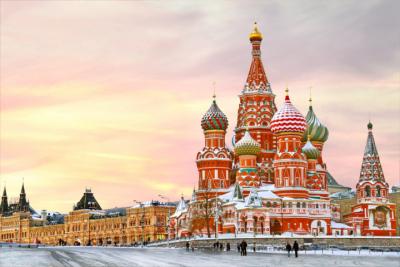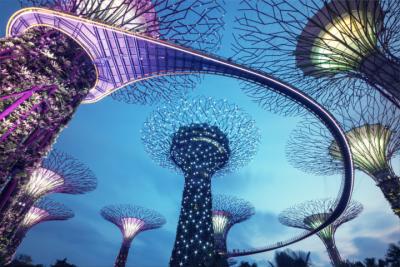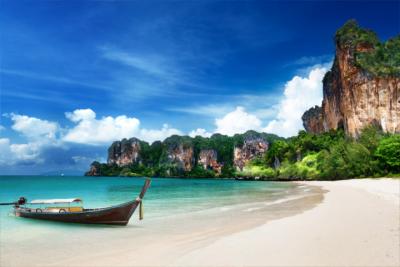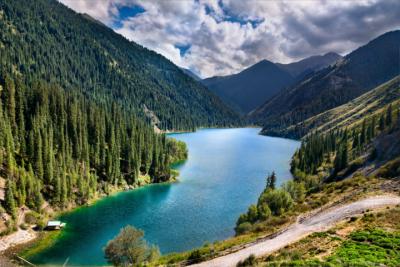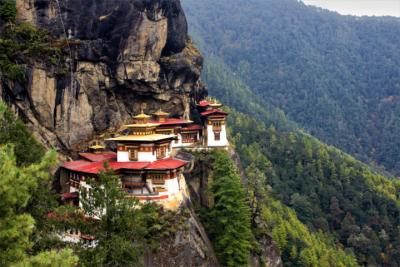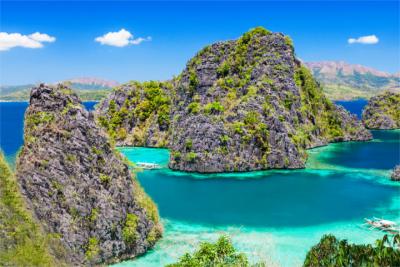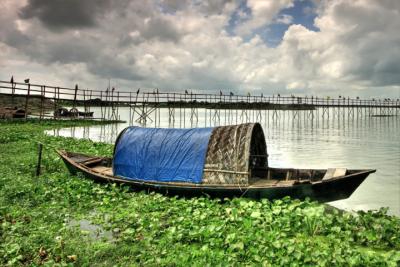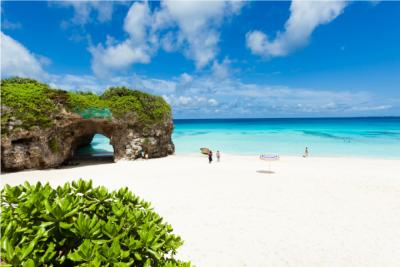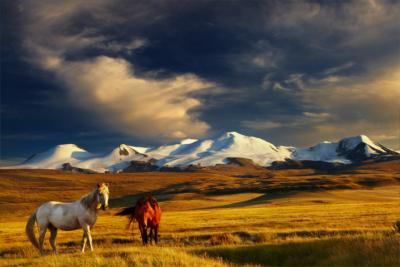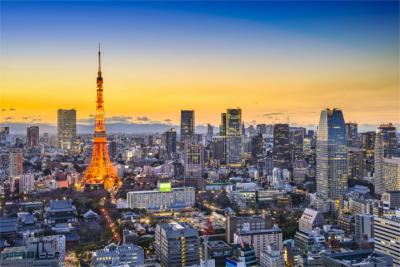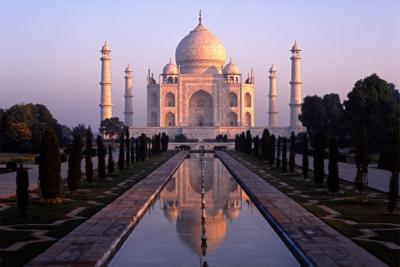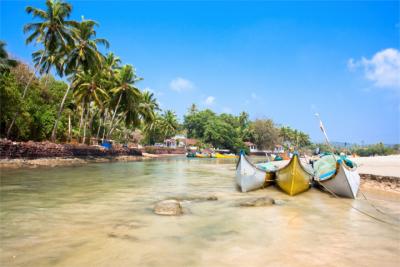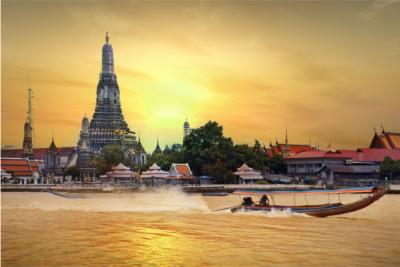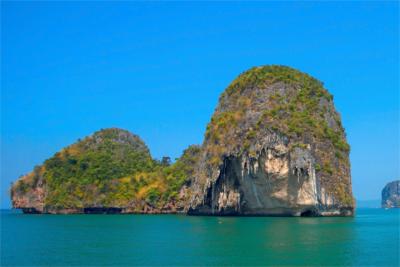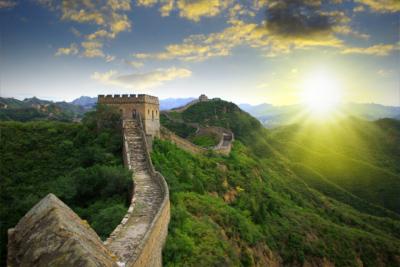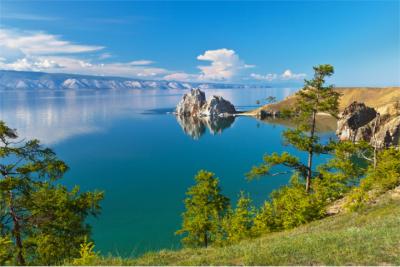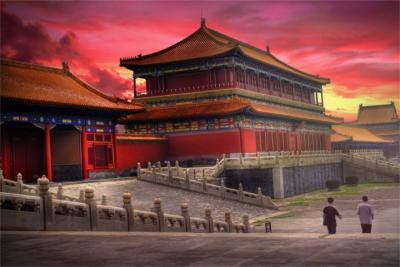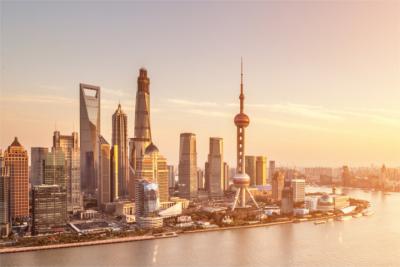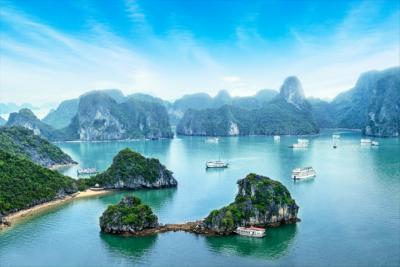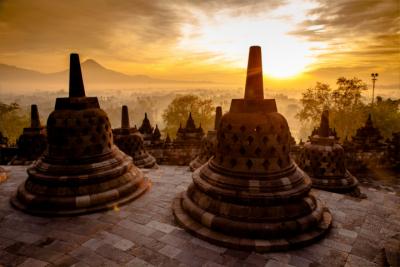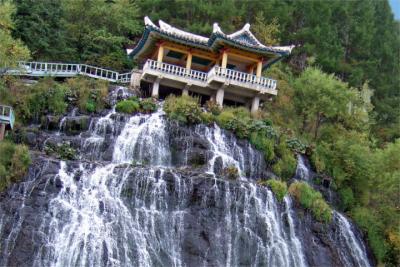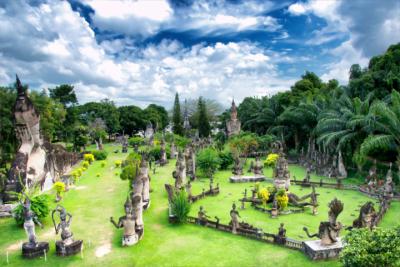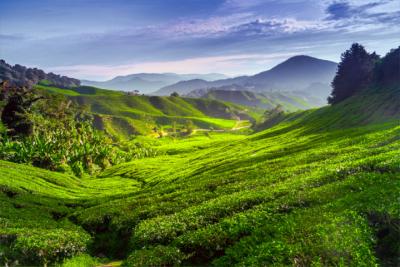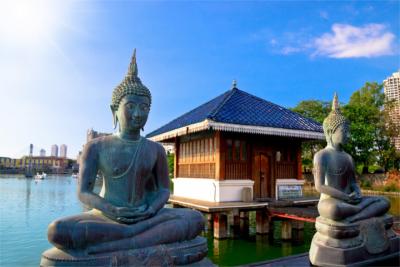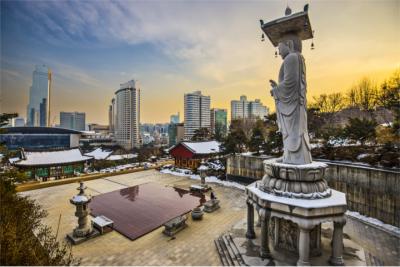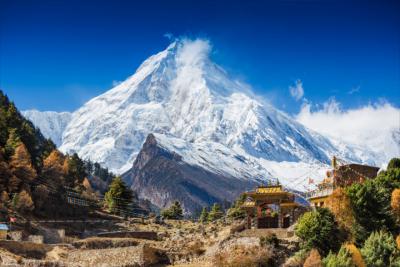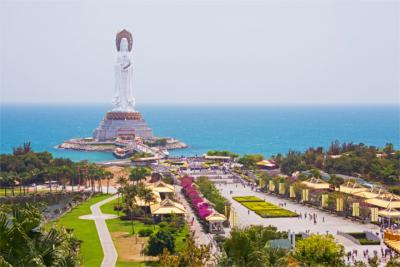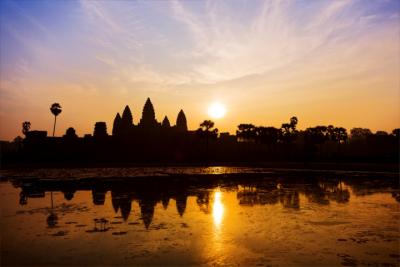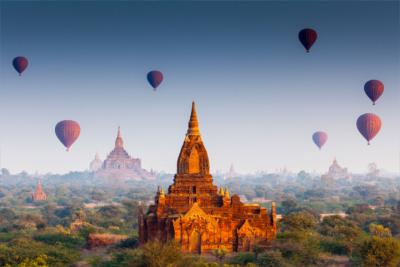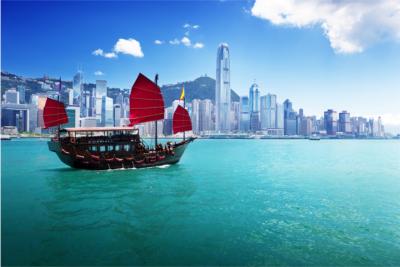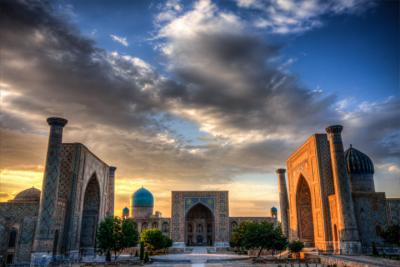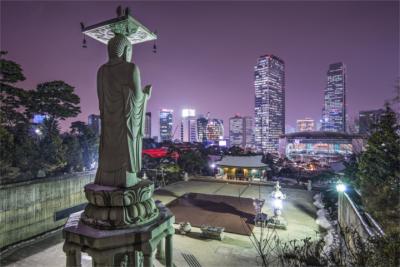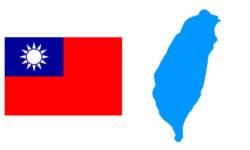Travel Offers
Travelmyne Featureprint
Distance
Taiwan - The Island in front of the Gates of China
Taipei 101, an exotic cuisine, exciting marble gorges and a lake for the sun and the moon - Taiwan is one of the great Asian mysteries and fascinates with a balanced mix of natural beauty, cultural depth and exciting leisure activities.
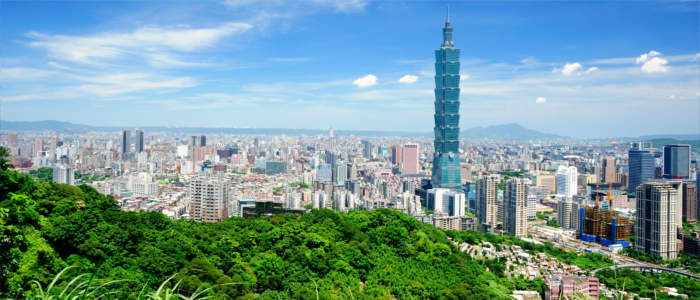
Geography - The children of the sweet potato
The island of Taiwan lies in the western Pacific Ocean before the Chinese mainland. As its form resembles that of a sweet potato seen from the air, the inhabitants refer to themselves as the "children of the sweet potato". Taiwan is about 394 kilometres long and 144 kilometres wide at its widest point. The People's Republic of China considers the region one of its political provinces. The Taiwanese, however, see themselves as an independent state. As the status of the island has not been determined yet, Taiwan is not a UN member state just like Kosovo and Vatican City. The climate differs between the north and south. While there is subtropical climate in the north, it is tropical in the south. Since the region lies directly at the border of the Pacific Ring of Fire, it regularly suffers from earthquakes.
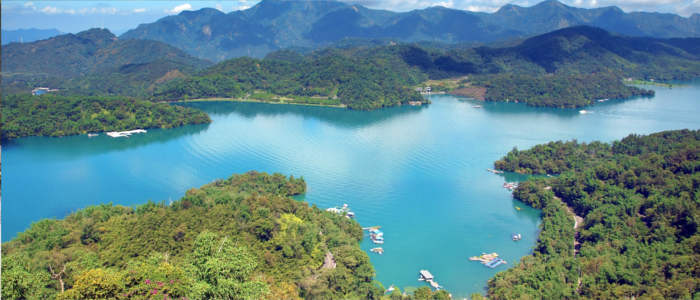
Nature - The island of Formosa
Portuguese sailors once arrived on the tropical island and gave it the name "Formosa" ("beautiful") because of its natural beauty. Travellers receive this impression to the present day. About 55 percent of the country's area are still covered in forests. Bamboo, cypresses, junipers and azaleas dominate the scenery. The island is crossed by five great mountain ranges. Altogether two thirds of Taiwan consist of mountains. The highest one is the Yushan ("Jade Mountain"), which has a height of 3,952 metres. There are 200 more peaks which are over 3,000 metres high. In the west you see a flat plain with green valleys and rivers. As the major part of the island is mountainous, terrace cultivation is the main form of growing tea and fruit in Taiwan - as in many other Asian countries. This seems exotic, especially to western visitors. The forests are home to the Formosan black bear, the Sika deer and Mikado pheasants.
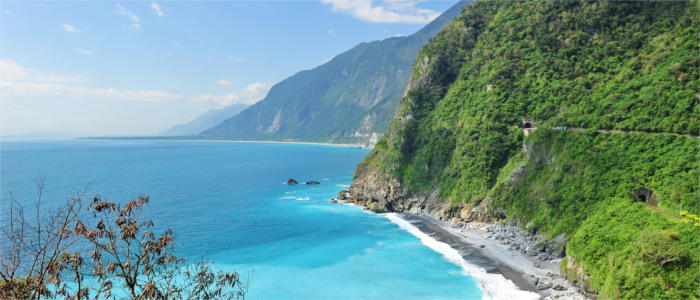
Natural sights - Deep gorges, romantic lakes and orange clouds
The best-known sight in Taiwan is probably Taroko Gorge, which is 600 metres deep, in the Taroko National Park. The gigantic marble rock is intersected by a blue river valley. Cave entrances lead you into the Taroko and reveal hidden paths and waterfalls. The steam of many hot springs ascends at the foot of the gorge. But be careful: temperatures are around 60 °C. Romantics are drawn to the scenic Sun Moon Lake in a cave at a height of 760 metres. With an area of 11.6 km², this mountain lake is the country's greatest inland water and a popular honeymoon destination. In the lake you see the small Lalu Island, which can be reached by ferry. The lake owes its beautiful name to its characteristic shape. It once consisted of two lakes, the Sun Lake and the Moon Lake, which united during an accumulation. Travellers who are interested in the country's tropical flora should visit Green Island (Chinese: Lü Dao). You find many hot springs, some of them saltwater springs, on the island and along the coast of Tutung. A special natural spectacle is offered by the peak of Mount Ali in the Alishan Range. Visitors see an endless sea of clouds from here, which appears red and orange during the sunrise. For a tour on the Jade Mountain in the Yushan National Park, travellers need at least two days and a permission by the national park. The highlight of a trip to Taiwan is a cable car ride into the world of tea - the 100-year-old tea-growing area Maokong, which is a popular location for tea culture today.
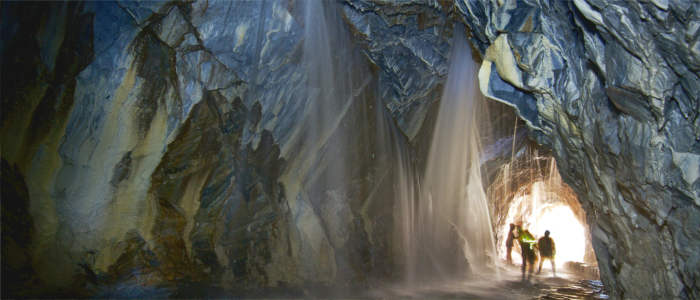
Culture - The fight for independence
The first settlers already arrived on the island in the Pacific 4,000 years BC. It is believed that they came from the Chinese mainland. The Europeans only took notice of the green island thousands of years later. It was not before 1583 that the Portuguese discovered the beautiful island and called it "Formosa", under which name it was listed on maps. The Dutch occupied a major part of the country from 1624 on and the Spanish founded first settlements too. But despite all these efforts, the foreign Europeans were quickly driven off the island. From 1894 to 1945, Taiwan was a province of the Empire of Japan. After the defeat in World War II, China laid claim to the island. The Taiwanese now strove for an independent state more than ever - a conflict which exists to the present day. Visitors often perceive Taiwan as a simpler and more relaxed version of China. The air is fresher, the spirit is more international. Many Taiwanese speak English and even if they do not, they are always accommodating and helpful.
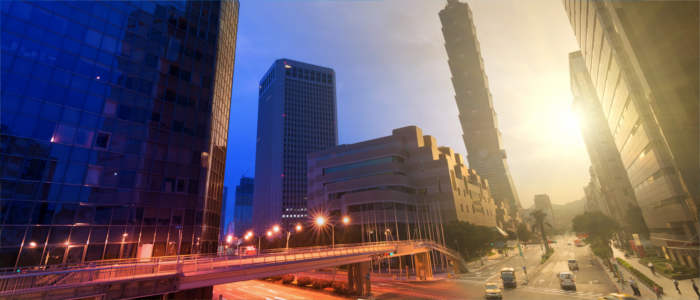
Cultural sights - Taipei 101 and over 2,000 steps
There is no way around Taipei, Taiwan's capital, for travellers. You already see the skyscraper Taipei 101 from afar and that is no wonder as it stands out with a height of 508 metres. The building was the highest skyscraper on earth until it was outdone by the Burj Khalifa in Dubai in 2007. There is a viewing platform on the 89th floor, from which visitors have a great view and gain a first impression of the city. Sporty people can mount the building during the annual Run Up - 2,046 steps, which you will probably not forget any time soon. Another worthwhile attraction is the National Palace Museum in Taipei. Over 650,000 objects of art are on display here, including the legendary Jadeite Cabbage. Another highlight is the Chiang Kai-shek Memorial Hall. Taiwan is known for its typically Asian architecture, which you see all over the country. The pagodas and temples in the oldest city Tainan, the Tuntex Sky Tower in Kaohsiung and the Fo Guan Shan monastery - they all make a trip to the Far East worthwhile.
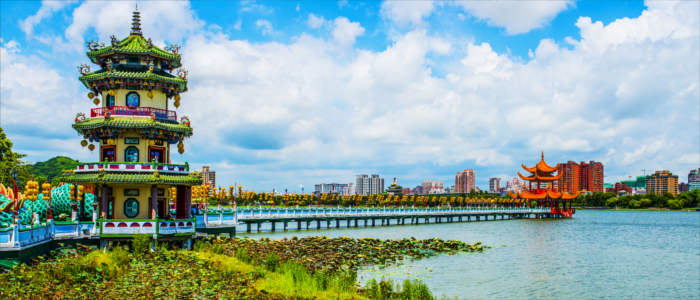
Experience - Stinky tofu, snake blood and karaoke
Especially with regard to its cuisine, Taiwan differs considerably from its Chinese neighbours. The Taiwanese have their very own specialities, which travellers should not miss out on. Examples are the delicious dan zai noodles, steam buns with meat, oyster omelette or fried octopus. Taiwan's national dish takes getting used to. Only a little number of foreigners dares try fermented tofu, also called stinky tofu. If you have the chance, you should take part in a real Taiwanese tea ceremony. The magnificent tea houses do not only look appealing from the outside, they also maintain the old tradition of the Asian preparation of tea - a process which has nothing to do with tea bags and automatic tea makers. Green tea is one of the most popular souvenirs, in addition to hand-held fans, chopsticks, jade jewellery, pineapple cake and the Shaoxing rice wine. You get these and other local products on the legendary night markets. They are sold at more reasonable prices here than in the capital's great shopping centres. Stalls with exotic and exciting products string together on the Shilin Night Market in Taipei or on the markets in Kenting. Brave travellers go to the snake stalls and have a sip of fresh snake blood. You can celebrate all night in Taipeh and Kaoshing. Karaoke bars, discos and night clubs offer varied entertainment for party-goers.
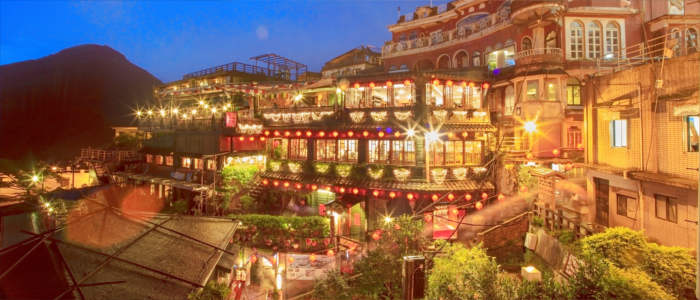
Activities - Always in motion
The most beautiful beaches in Taiwan are Fulong Beach, Green Bay and Yenliao. If you want to visit the south, you should go along Kenting National Park. Another destination for sun-worshippers is the fine sandy beach near Taroko Gorge. Sailing boats appear between the waves in front of the coast, while ferries and small boats cross each others' paths on the Sun Moon Lake. Travellers who want more action join a rafting group. Taiwan's rivers are excellently suited for that. You find hiking trails in all national parks or in the region of the Sun Moon Lake. If you want to explore the area by mountain bike, you are in the right place in Xincheng. You also find bicycle rentals at site. There are about a dozen golf courses in Taiwan, which invite tourists to play in front of an extraordinary backdrop. Divers should try their luck near Green Island.
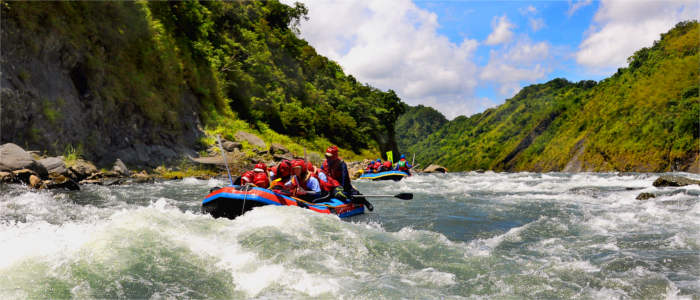
Information
Travellers who a planning a trip to Taiwan should keep in mind that the country regularly suffers from forces of nature. The annual typhoon season lasts from May to October and earthquakes occur relatively often, especially at the east coast.
Taiwan is a green paradise in the Pacific Ocean and a worthwhile destination for both natural holidays and city trips. Travellers who are enthusiastic about the exoticism of the Asian culture and do not want to go without exciting leisure activities are in good hands here.

